Annoying for Customers… and Expensive to Service
Most people hate renewing their cell phone contract. The extent of their unhappiness is well understood—and there is concrete data to back it up. Customer experience scores, such as likelihood to recommend (L2R) consistently ranked amongst the lowest across the entire enterprise. Meanwhile, the operational expenditure (OPEX) per customer during a renewal was high as the average customer would call 6 or 7 times per renewal. This is the story of how Bridgeable, a service design consultancy, and the service design team at TELUS, one of the three largest mobile service providers in Canada, worked together to make the renewals experience more valuable for customers while radically reducing the cost to serve.
OPEX for cell phone renewals breaks down into expense by channel. More expensive channels include call centres and retail stores. Alternatively, digital renewals are much less expensive. For TELUS, a renewal completed online reduced operational costs by up to $142 per customer. Additionally, the few customers who had renewed online tended to rank their experience much higher. Based on this data, the answer seemed obvious; TELUS needed to put more resources into their web experience, improving usability and adding functionality. But after making major digital investments to the renewals web experience, they weren’t having the intended effect—customers were still renewing their mobile contracts by calling TELUS’s call centre or visiting a retail store.


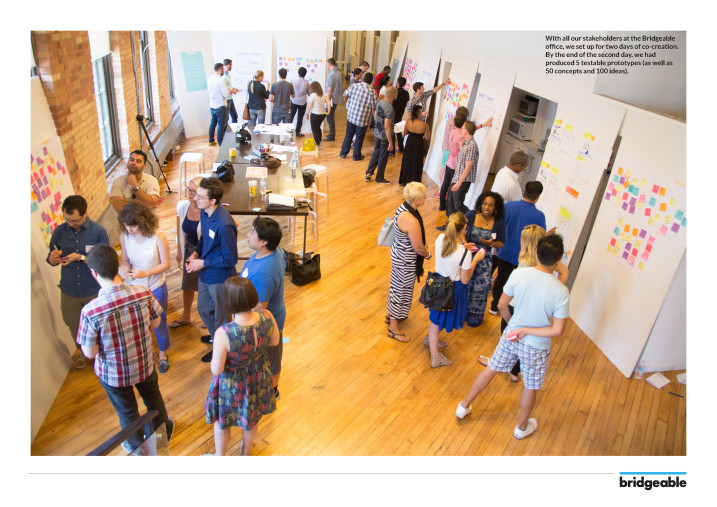
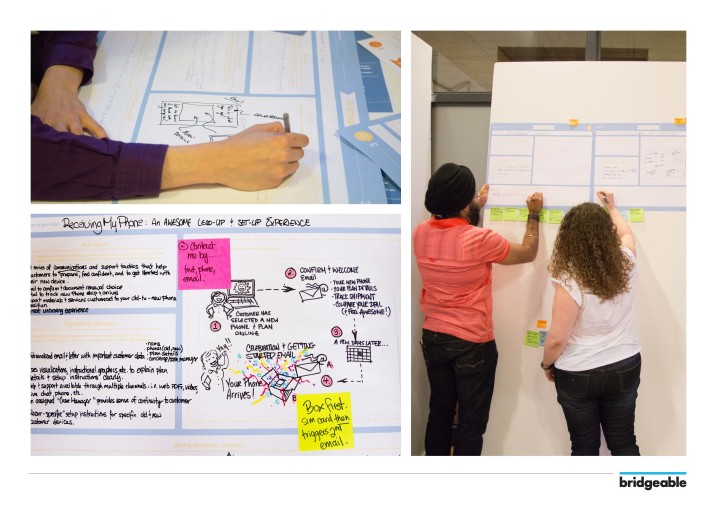
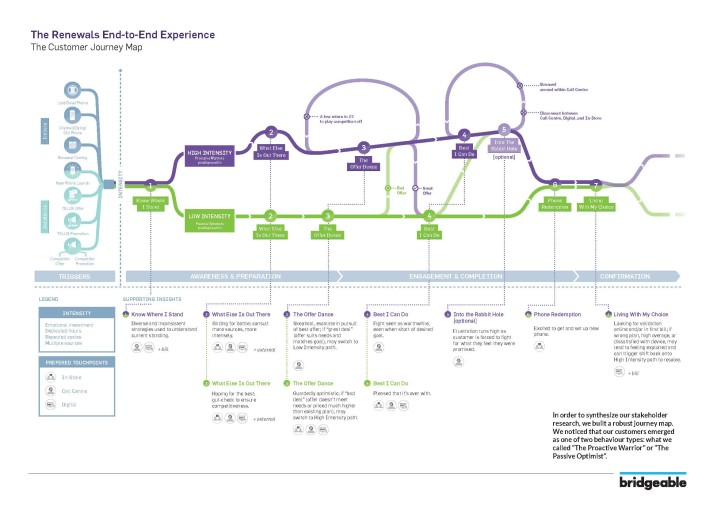
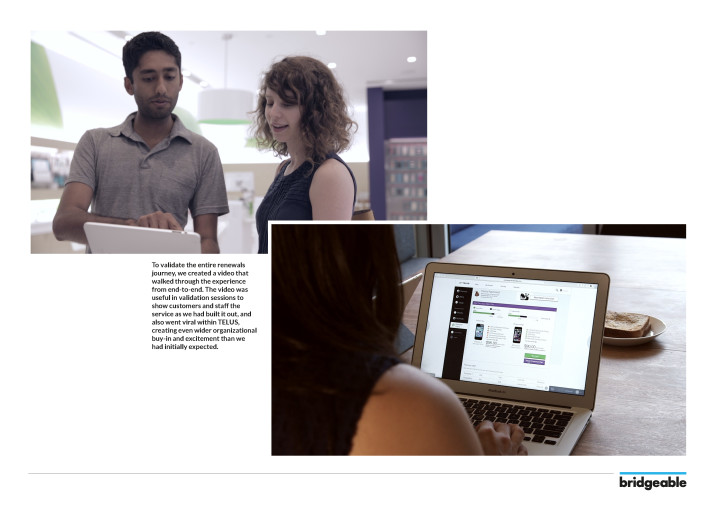
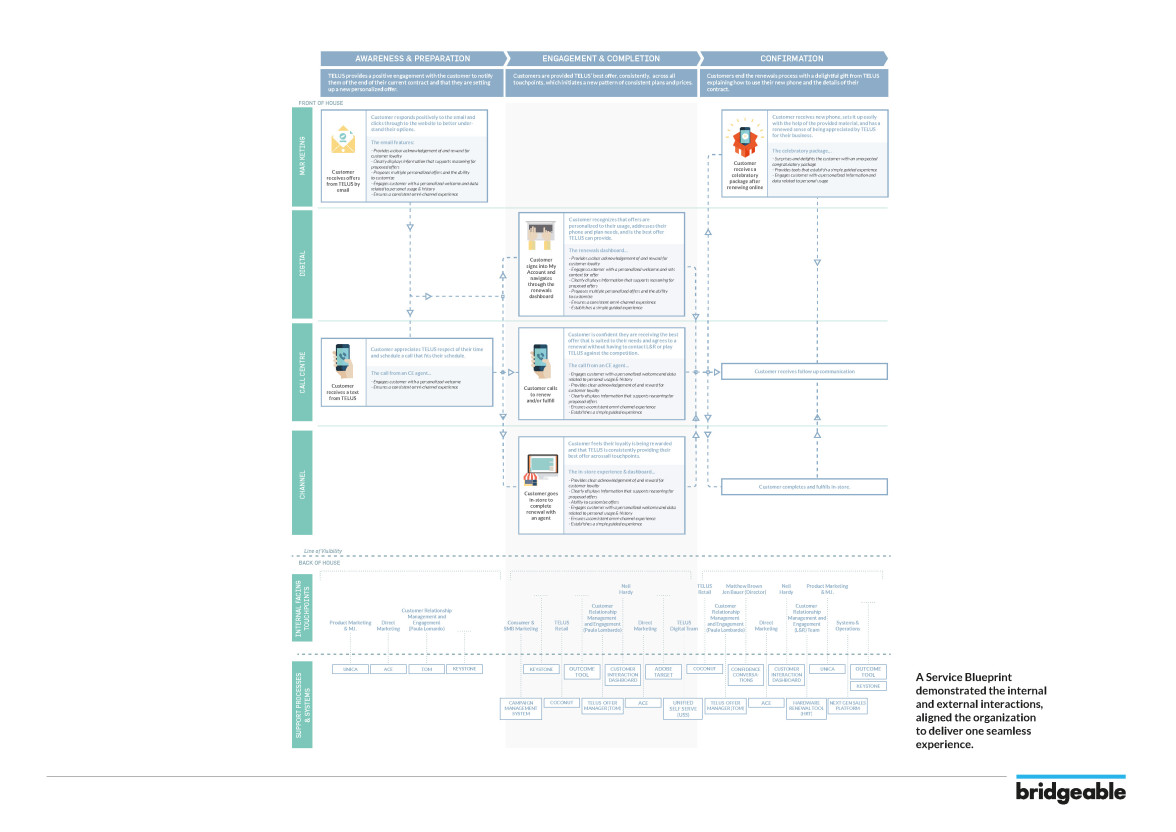





Share your thoughts
0 RepliesPlease login to comment